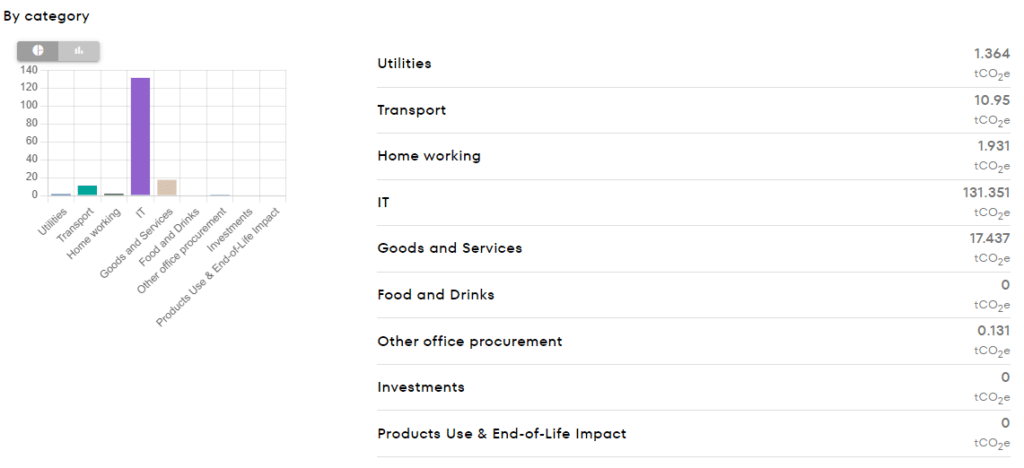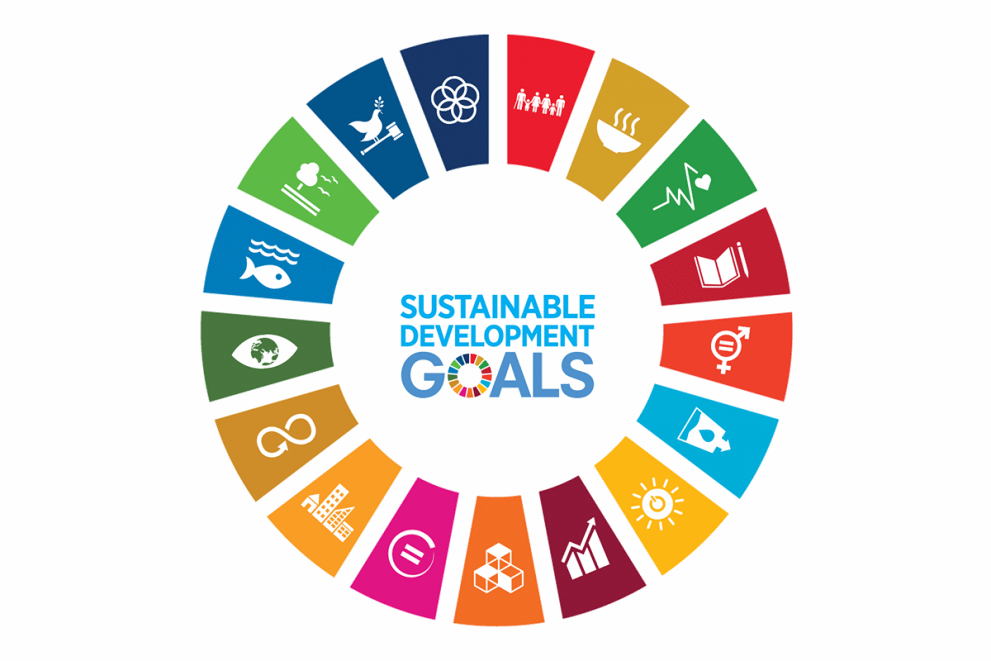This report explores these drivers in detail and provides context for the observed increase.
Between 2022 and 2023, our organisation experienced a 57.72% increase in CO2 emissions (2022 – 103.464, 2023 – 163.165). This significant change can be attributed to a combination of factors, including increased operational activity following the easing of COVID-19 restrictions, a substantial rise in turnover, and growth in staffing levels.
Key Factors Contributing to the Increase:
- Recovery from COVID-19 Restrictions (2022)
-
- During 2022, many operations were still impacted by residual COVID-19 restrictions. Travel, both domestic and international, was limited, and customer site visits were reduced as remote work and virtual meetings continued to play a significant role in business operations.
-
- Reduced travel and limited on-site activities contributed to comparatively lower CO2 emissions during this period.
- Increased Turnover in 2023
-
- In 2023, the company achieved a 160% increase in turnover. This growth necessitated increased production, expanded service delivery, and higher levels of resource utilisation.
-
- Higher operational demand often correlates with increased energy consumption and associated CO2 emissions, especially in industries reliant on transportation, logistics, or manufacturing processes.
- Expansion of Staffing Levels
-
- Staffing levels grew by 40% in 2023, reflecting the company’s commitment to scaling its workforce to meet operational demands.
-
- A larger workforce typically contributes to higher emissions through increased commuting, additional office energy consumption, and greater use of resources to support employee activities.
- Resumption of Travel and On-Site Activities
-
-
- With the relaxation of pandemic-related restrictions, 2023 saw a marked resumption of business travel and customer site visits. These activities, while essential for client relations and operational effectiveness, contributed significantly to the rise in emissions.
-
Analysis of Emissions Growth The increase in CO2 emissions from 2022 to 2023 aligns closely with the organisation’s post-pandemic recovery and growth trajectory. While the 57.72% rise is substantial, it should be viewed within the context of:
- Operational Scaling: The increase in emissions was proportionate to the company’s 160% turnover growth, underscoring the correlation between business expansion and carbon output.
- Workforce Expansion: Additional employees resulted in greater resource consumption, contributing to the emissions growth.
- Travel Resumption: The recommencement of travel played a significant role in driving up emissions compared to the restricted conditions of 2022.
Recommendations for Mitigation
To address and mitigate future emissions growth while supporting continued business expansion, the following actions are recommended:
- Implement Green Travel Policies
-
- Encourage the use of sustainable travel options where feasible, such as public transportation or carpooling.
-
- Consider virtual meetings as a substitute for non-critical travel.
-
- Rollout of Octopus electric car scheme to all staff – salary sacrifice.
- Energy Efficiency Initiatives
-
- Invest in energy-efficient technologies for office spaces and production facilities.
-
- Explore renewable energy sources to offset carbon emissions.
- Employee Engagement in Sustainability
-
- Promote awareness and training for staff on reducing their carbon footprint.
-
- Provide incentives for environmentally friendly commuting options, such as subsidies for public transit passes or electric vehicles.
- Monitor and Report Emissions
-
- Implement robust tracking mechanisms to monitor CO2 emissions in real time.
-
- Establish clear reduction targets and report progress transparently.
Conclusion
The 57.72% increase in CO2 emissions between 2022 and 2023 is a direct outcome of the company’s growth and recovery post-COVID-19. While the rise is significant, it also reflects the organisation’s successful scaling of operations and workforce. By implementing targeted sustainability measures, the company can balance continued growth with a commitment to reducing its environmental impact.






